Learn - Mar. 20, 2021
A mixed flow pump is basically a type of centrifugal pump that uses a mixed flow impeller. Depending on the specific speed, there are two main kinds: low-speed ones run between 35 and 80 rpm, while high-speed ones go from 80 to 160 rpm, sometimes even higher in special cases. These pumps sit right in the middle between radial flow centrifugal pumps and axial flow pumps (also known as propeller pumps). The design depends on the specific speed too: low specific speed mixed flow pumps usually have an annular or volute casing, while high specific speed ones come with a diffuser and a tubular casing.
From the structural view, a horizontal mixed flow pump is basically a mixture between a single-stage end-suction centrifugal pump and a horizontal axial flow pump. However, there are two types of mixed flow pump: Horizontal mixed flow pump and Vertical mixed flow pump. The mixed flow pumps offer high flow rates, medium head, and high efficiency, and work well in a wide range of applications, that's why they are so popular in various industries. They are also known as volute mixed flow pumps, this type has some key benefits—like a compact horizontal size, plus smooth and reliable operation.
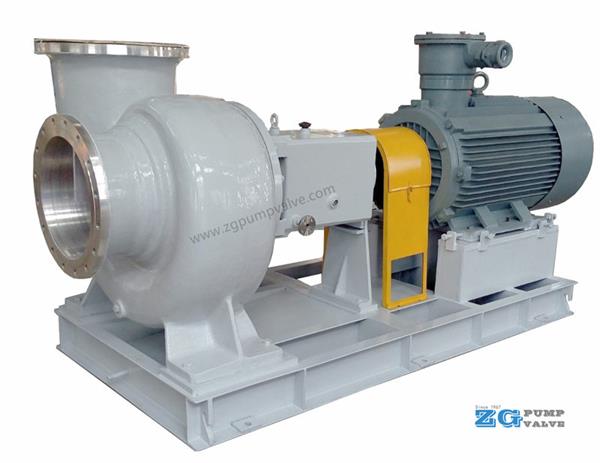
Horizontal mixed flow pumps can handle a huge range of flow rates— from 45 m³/h to 90,000 m³/h. Their head range ( discharge pressure) typically is between 3 to 30 meters, but some special and tailored designed models can reach up to 60 meters. These mixed flow pumps come in sizes from 100mm to 1500mm in diameter, but if you need something bigger in size, our custom-built versions can go up to a massive 5000 mm. Their specific speed (NS) usually sits between 300 and 500, but the fastest ones today can hit NS=1110. As for operating speed, they generally run at 980 to 2900 RPM.
Basically, a mixed-flow pump moves liquid using a rotating impeller that pushes the liquid both outward and forward at the same time. Here's what happens: First, the liquid enters through the pump's suction nozzle and reaches the center of the impeller. As the impeller rotates, its specially angled blades do two things - they fling the liquid outward due to the centrifugal force, while also moving it forward along the axis.
Meanwhile, those angled blades also push the liquid forward along the pump shaft's direction. This means the liquid ends up moving both sideways and forward. But actually, the sideways movement is stronger - that's why we still call these radial flow pumps. The spinning blades turn the motor's power into fast-moving water energy. When this fast water leaves the impeller and enters the pump casing, it slows down and the speed energy changes to pressure energy. Finally, the water comes out through the discharge pipe with much higher pressure.
● In fields you may be familiar with, desulfurization pumps are commonly used, which is another type for horizontal mixed flow pumps. These pumps play a crucial role in wet flue gas desulfurization processes in thermal power plants. They must endure both the corrosive effects of acidic liquids and the abrasive impact of particles. Our high-efficiency silicon carbide-lined desulfurization pumps are specifically designed to address these challenges, setting a new industry standard for corrosion and wear resistance.
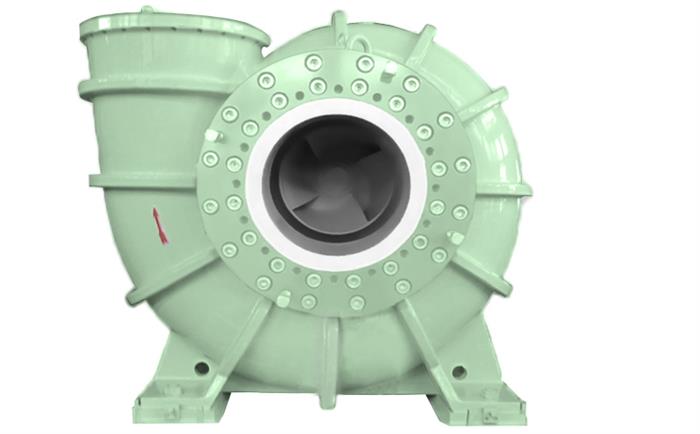
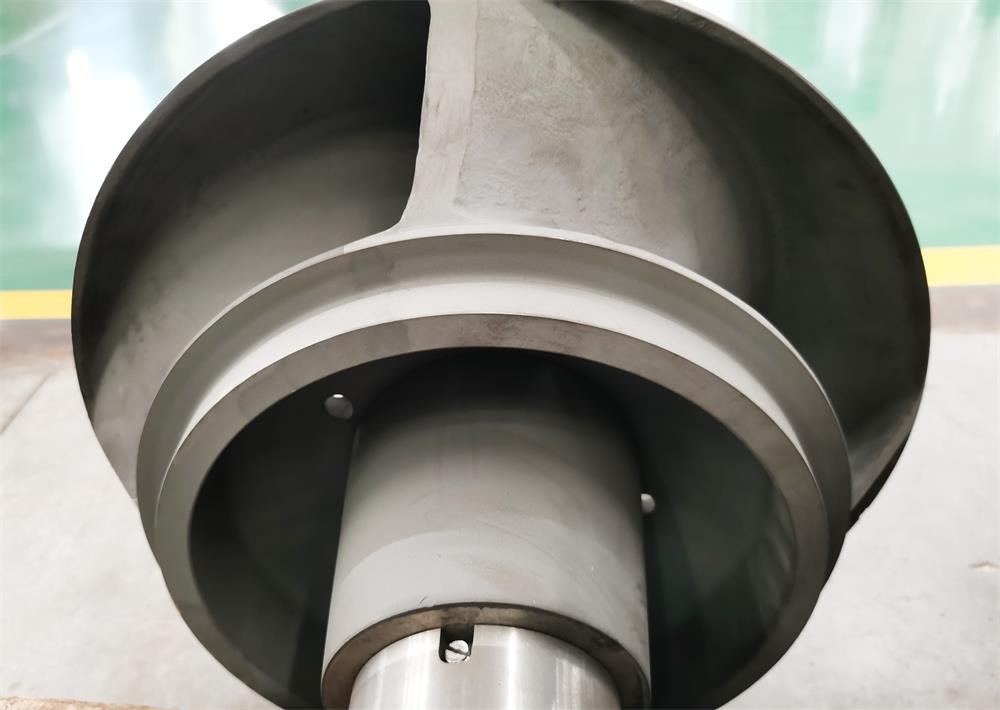
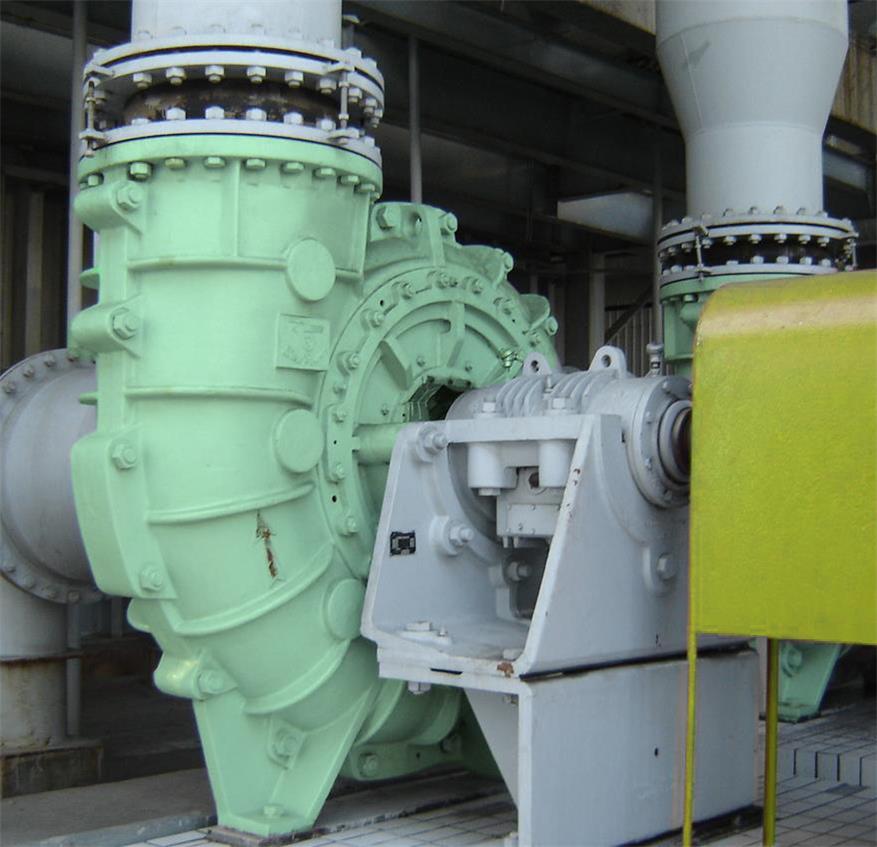
● The horizontal mixed flow pump made from cast iron can be used in farmland drainage and irrigation, flood prevention and drainage, water conservancy projects, sewage treatment, power station (coal-fired power station, nuclear power station, storage power station, tidal power station) cooling system.
● The chemical horizontal mixed flow pump is suitable for solid liquid two-phase flow of complex processes.The slurry pump containing CaCO3 solid particles is a typical mixed flow pump. Learn more about chemical mixed flow pump.
● Medium, chemically neutral or aggressive medium for conveying clean and contaminated media.
● Forced circulation, seawater aquaculture, urban gas engineering, water treatment system in chemical industry process.
● Vertical mixed-flow pumps are used in water diversion projects for water conservancy. In temperate regions, water levels fluctuate seasonally. Adjustable blade guide vane vertical mixed-flow pumps handle variable head requirements effectively.
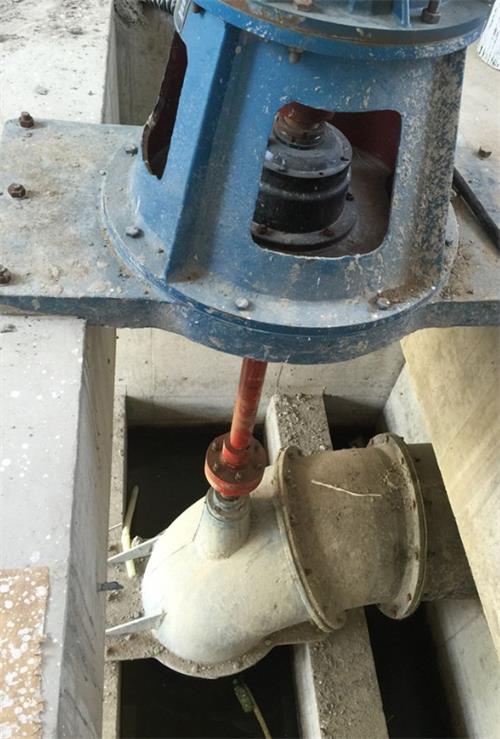

Mixed flow pump is a kind of "pulling" type structure of the pump, check and disassembling the impeller and shaft seal, no and the pump body is connected with the pipeline apart. The pump shaft is equipped with precision machining, with a thin oil lubrication bearing, shaft sleeve is arranged in the stuffing box cover. Oil bearing box, a constant level oiler to control.
Pump body of the foot can withstand any load from the pipeline, and the direct transmission to the foundation. In this way, the rotor will not be subjected to load due to the pump bending, so as to ensure the best use of the bearing life.
Due to the larger flow area, thereby reducing the blocking. The direction of rotation of the mixed flow pump, from the driver side to see, is typically the clockwise direction. Motor or internal combustion engine is driven by power. The pump device can be equipped with a complete bleeding device, which is beneficial to the exhaust of the suction pipe.
The optimum specific speed range for tubular casing mixed flow pumps with regard to construction costs and efficiency is not clearly defined. However, from approximately 130 rpm upwards, the tangential component of the absolute velocity at the impeller outlet becomes so small in comparison with the flow velocity at the pump suction nozzle that the end cross-sections of the volute or annular casing required to convey the flow (see Flow rate) would become disproportionately large.
For this reason, mixed flow pumps with higher specific speeds are usually designed with an axial tubular casing and an "onion type" or axial flow diffuser through which the fluid flows towards the discharge elbow and the pump discharge nozzle.
The range of heads of mixed flow pumps with tubular casing complements that of the propeller pump at the top end of the head range. As the circumferential velocity of a mixed flow impeller is restricted to 25 to 30 m/s to prevent cavitation (see Suction characteristics), the mixed flow pump can only exceed its maximum head of H = 60 m if it is designed as a multistage pump. In practice, the number of stages is limited to two or three.
The above information is provided by a mixed flow pump manufacturer.
Visit our workshops by VR Tour